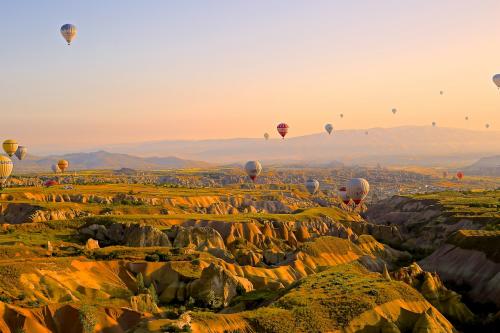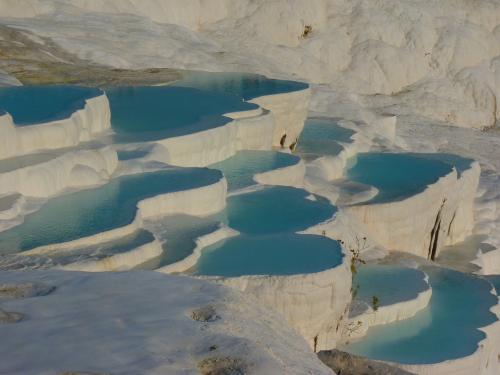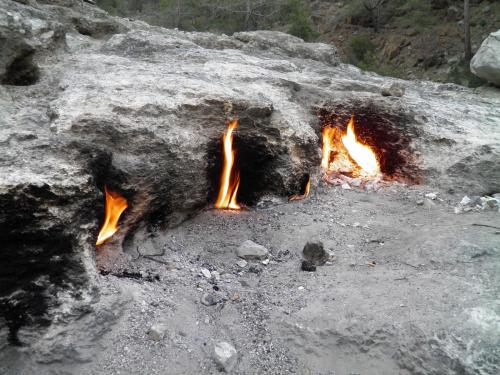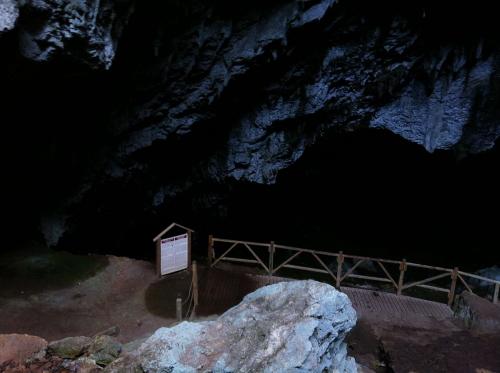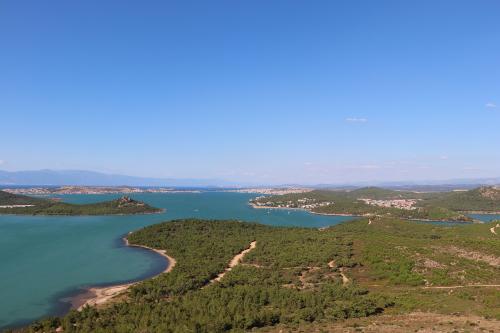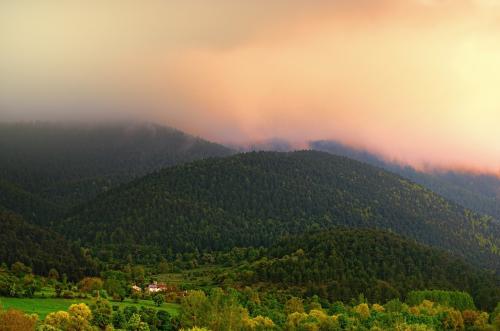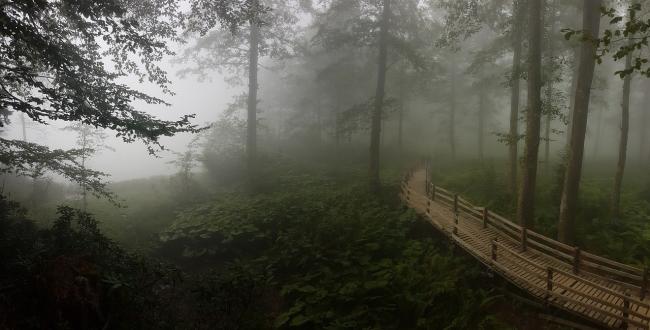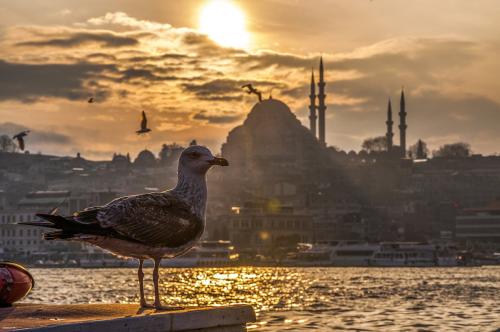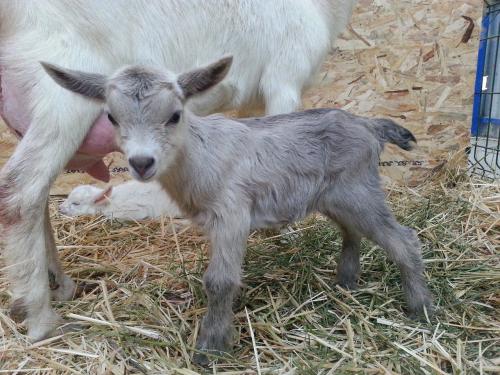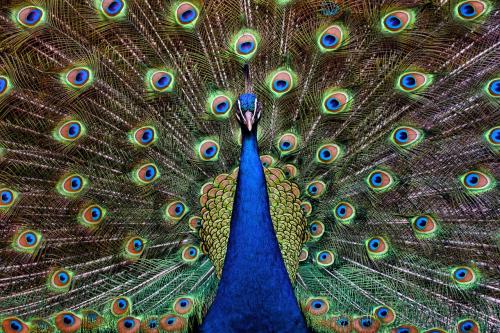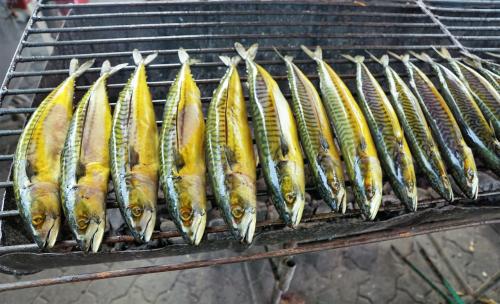Turkey Nature
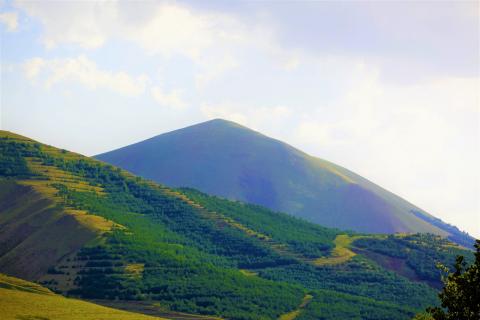
Turkey is the country in West Asia except 3% of territory that is in Europe. It is washes by three seas: the Black, the Aegean and the Mediterranean. Majority of country’s territory is mountainous. There are southern Taurus Mountains, Pontic Mountains on north, Armenian Highlands on west and Anatolian Plateau between them.
Due to mountainous type of relief and coasts of different seas climate in the country varies greatly depending on location and altitude of given region. Summer in inland regions is usually hot and dry while winter is cold and snowy. Coasts of the Aegean and the Mediterranean Seas experience warmer weather. South-eastern portion experiences semi-arid tropical weather conditions. And there are altitude-related variations of weather in mountains.
Places in Turkey
Turkey has wide variety of conditions for living creatures of all sorts, thus nature of the country is lush and beautiful. Seas, mountains, valleys, highlands and depressions are arranged in most peculiar way and contain many natural jewels.
Cappadocia
Whole region on eastern part of the Anatolian peninsula is part of world’s heritage. There are numerous wonderful geological formations of volcanic and erosion origins, underground towns and cave monasteries. Fairy chimneys, canyons and hills of Cappadocia are perfect for exciting tours and ballooning.
Pamukkale
Another UNESCO world heritage site is the complex of 17 geothermal springs and limestone terrace ponds. Pamukkale means “cotton castle” in Turkish. Peculiar shiny white ponds were formed by water that flows by slope of the mountain. Evaporation of water leads to crystallization of calcium in water.
Mount Chimaera
(The eternal fires of Chimera in Lycia, Mount Chimaera, Turkey. Author: Carole Raddato)
Flaming Mount Chimaera is unique geological formation. Numerous natural bonfires are scattered over its slopes. It is situated in 60 km (37 mi.) from Antalya. Most romantic tourists are taking torches to light them from natural fire and walk down after nightfall. Such walks are great to participate and spectacular to observe.
Nimara Cave
Not far from Marmaris city there is the island with poetic name Heaven. And on this island there is Nimara Cave. It is natural cave with up to 5 m (16 ft.) tall roof and 5 m (16ft.) wide passage. Since ancient times the cave was lace of worship. First traces of presence of human are much older than ancient Greek legends about Leto.
Flora of Turkey
Flora of the country is as variable as its relief. There are around 6700 species of plants that are usually divided into two major groups: coastal and inland plans. Vast territories are being in use for agricultural purposes that caused significant damage to local biosphere. Influence of human activity is most pronounced in Western Anatolia.
Majority of vegetation in Turkey is typical for tropic climate. Foothills are usually covered by thyme and laurel. Higher grounds are for coniferous plants. Mixed forests of oak, maple, sycamore, cornel, boxwood and cherry laurel grow on coasts of the Black Sea. Also there are evergreen shrubs and ivy of different kinds. At higher altitudes there are coniferous and beech forest.
Nature of the Armenian Highlands gradually shifts from steppe to forest and then to alpine meadows. On western coasts of the country evergreen shrubs are prevailing. There are laurel, Persian turpentine tree, myrtle, arbutus, Russian olive and oleander. Also there are sparse plantations of carob, walnut, wild plum, almond, cypress and pine.
Fauna of Turkey
(Seagull)
Variety of types of relief and climatic conditions are resulting variety of mammals, birds and reptiles that live in Turkey. Though, human damaged populations of many animals to great extent. Recently there was almost no control over hunting; so many species were exterminated almost completely.
(Goatling)
There are populations of bears, leopards, red deer, does, wild boars, roe deer and badgers in mountainous forests while mouflons and wild goats prefer treeless mountain slopes. Lynxes, wolves, jackals, foxes and several species of hares are having habitat in highlands. Steppes are swarming with rodents and reptiles. Driest south-eastern region is home for Persian onager (also known as Persian wild ass) and striped hyenas.
(Royal Peacock)
Around 70% of variety of European birds lives in Turkey too. Nowadays there are some bird natural reserves. Mountains are hunting ground for eagles, vultures, hawks and kites. Blackbirds, tits, woodpeckers, cuckoos, swallows, nightingales, cranes, herons, geese, lapwings and many other birds are common everywhere around the country.
(Fish)
Mullet, sturgeon, herring and others prevail in the seas and rivers. There are other inhabitants: shrimps, lobsters and mussels. Marine turtles and flamingos are found on the southern Mediterranean coasts.
 Seasons of the Year
Seasons of the Year 